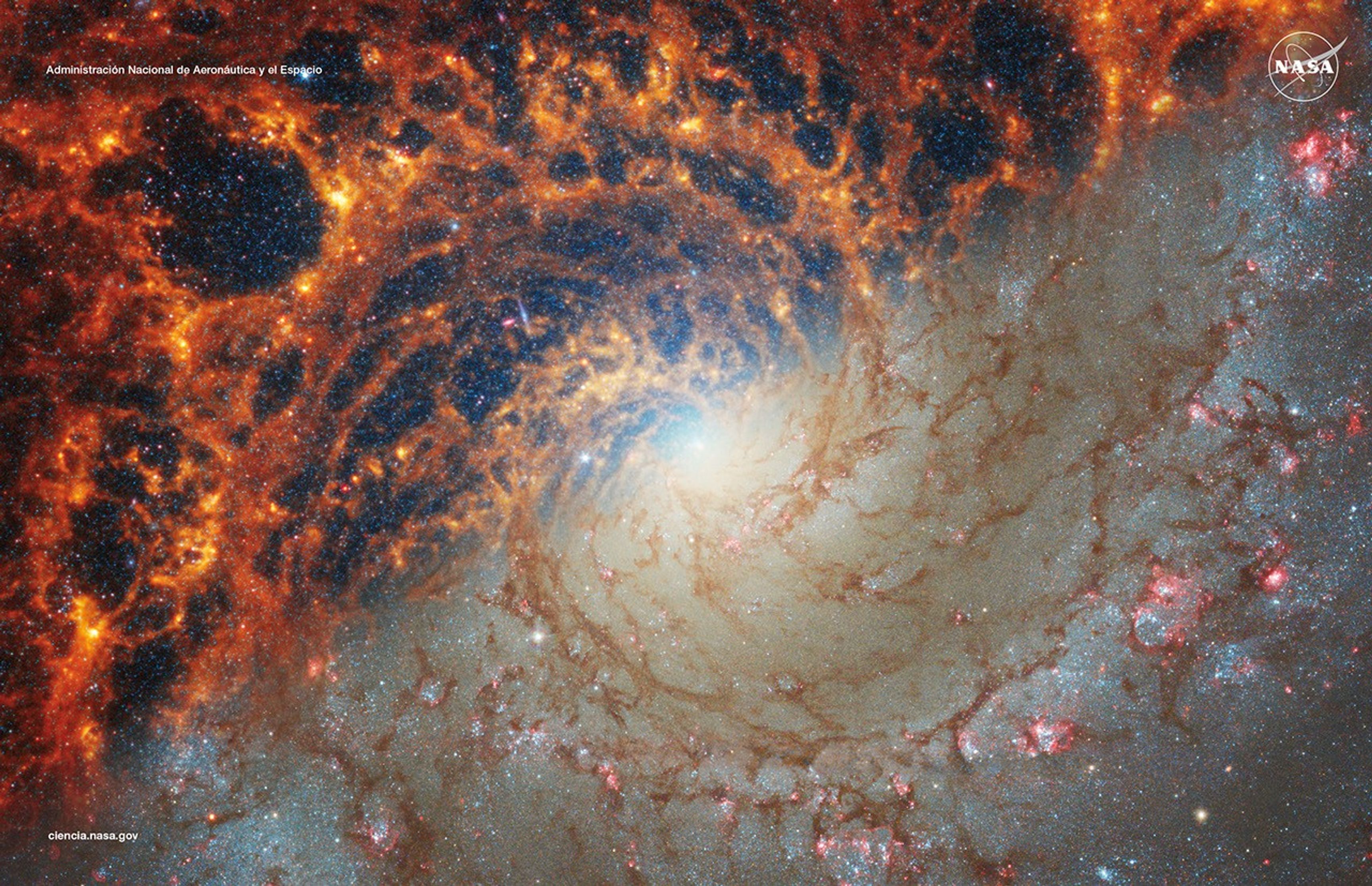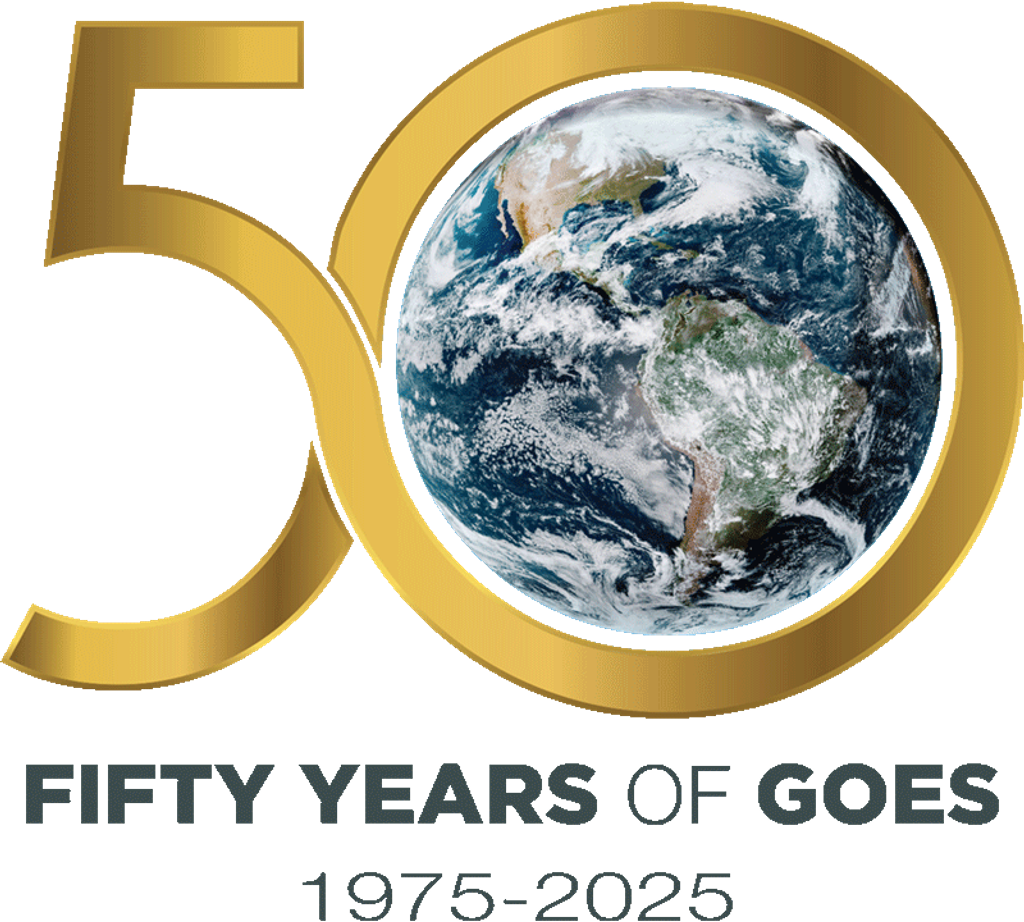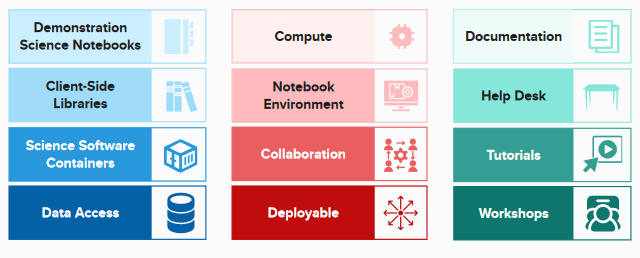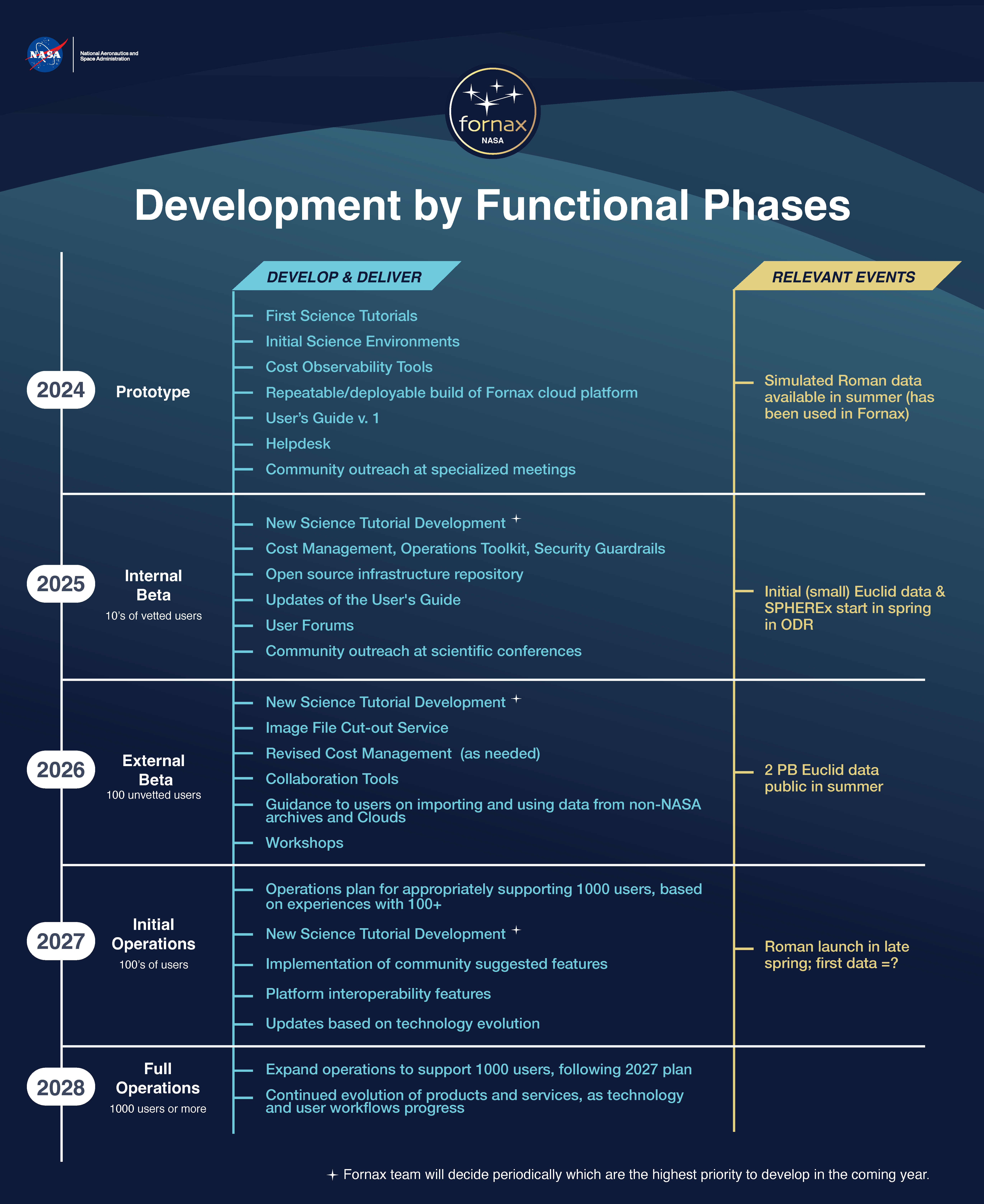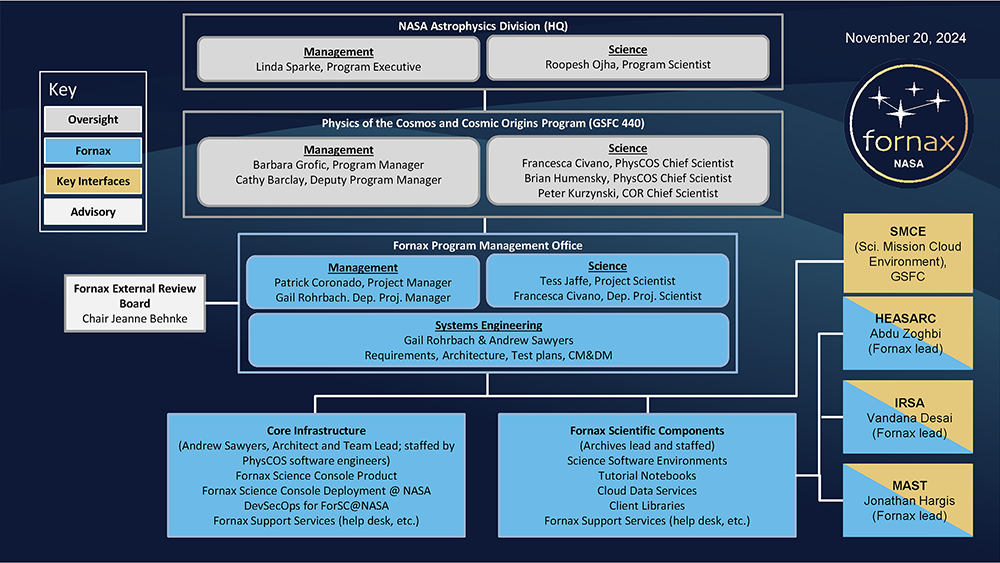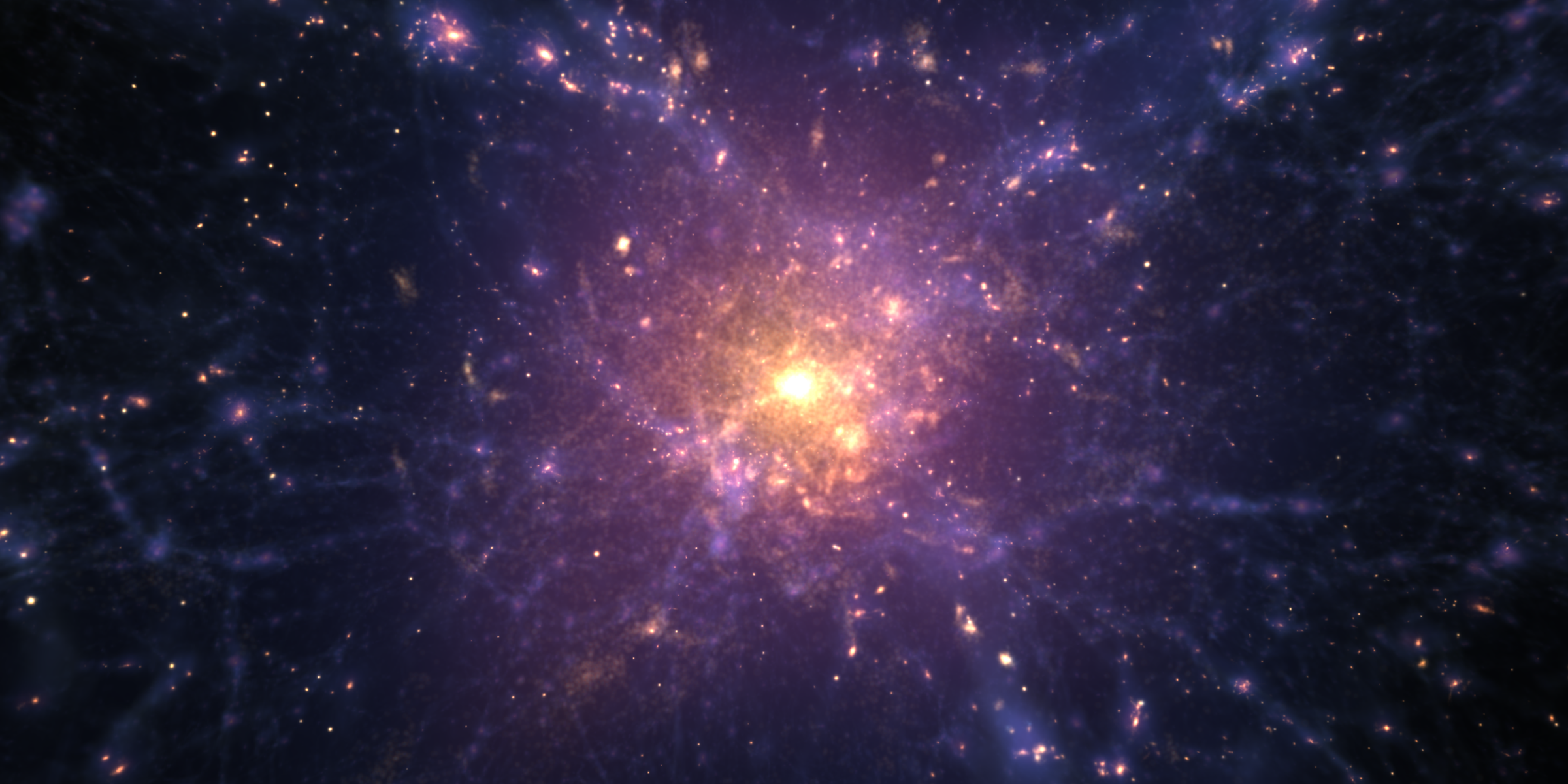Physics of the Cosmos
The Fornax Initiative
A NASA Astrophysics Science Platform
About Fornax
Cloud-Based Combination of Data, Software, and Computing to Focus on Science
NASA Astrophysics is developing the Fornax Initiative, a cloud-based system that brings together data, software, and computing so that researchers can focus on science.
The Fornax Initiative is a collaboration of the NASA Astrophysics Archives with GSFC’s Astrophysics Projects Division (ApPD).
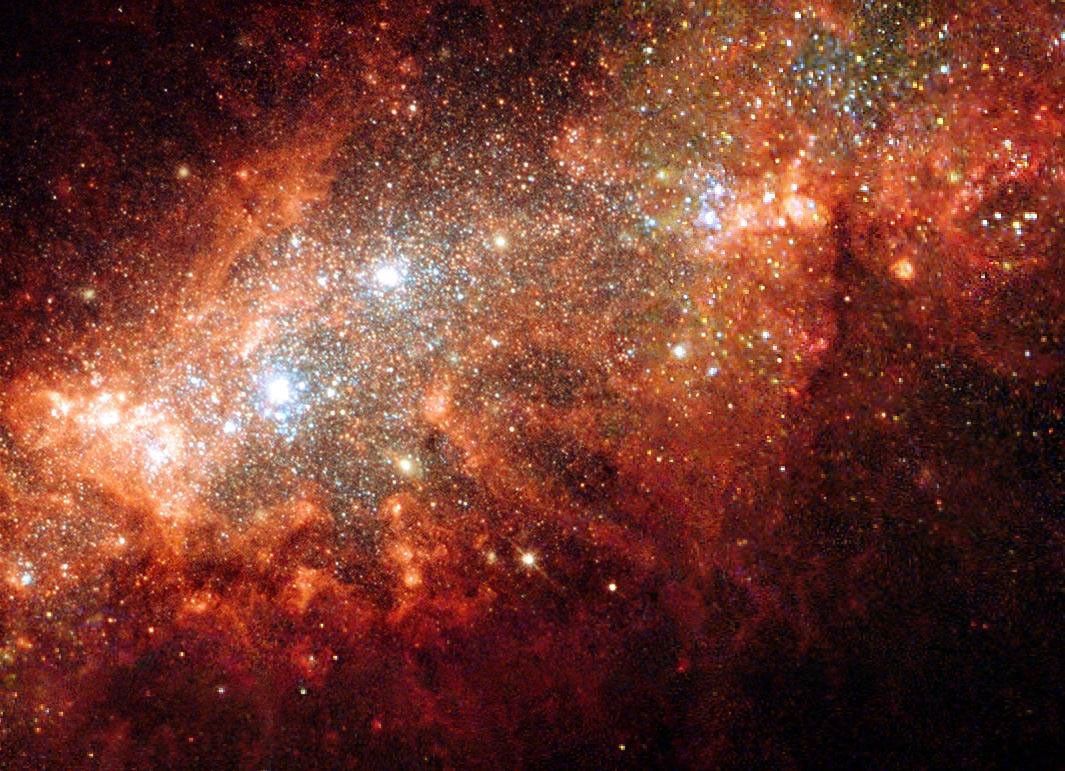
NASA's Astrophysics missions generate vast and complex datasets offering immense scientific potential. The vital role of NASA's Astrophysics archives in mission success is evident, as they have demonstrated that user-focused, technologically-rich data systems are key science multipliers. As the Astronomy 2020 Decadal Review emphasized, in the coming decade, frontier science will be done with multi-wavelength and multi-messenger analysis across large, complex data sets, which will only increasing the challenges of accessing big data, maintaining software, and obtaining sufficient computing resources.
The Three Pillars of the Fornax Initiative Project
Fornax Scientific Components, the astrophysics-specific elements required to enable science in the cloud, including Python notebooks that demonstrate access to cloud-hosted NASA mission data, curated astrophysics software environments, and cloud-native services to support common astronomy workflows.
Fornax Science Console, a web-based application that users log into for access to cloud computing, data storage, and interactive data analysis in JupyterLab.
Science Support Systems, a program of engagement with the astronomical community, including a Helpdesk and training opportunities.
Our goal is to support the science needs of a wide range of users, from those who are learning Python and would simply benefit from having access to a maintained Python environment for common astrophysics software to those who wish to perform complicated analyses that require significant cloud computing. For use cases that require more computing than can be provided by NASA through Fornax, we will build the system such that scientists can use the Fornax Scientific Components and the Fornax Science Console with their own cloud computing resources. This commitment to including all users is at the heart of how Fornax will realize the promise of the cloud in supporting Open Science.
The Fornax Timeline
The Fornax Team
Fornax Organization Chart
Fornax Scientific Components
(Astrophysics Archives lead and staffed)
Division of Duties
All three archives contribute to the development of all the Scientific Components. For purposes of coordination and division of work, each archive also has primary responsibility for certain components.
| Archive | Primary Responsibility |
|---|---|
| HEASARC | Science Software Environments Pipeline; Client Libraries (mods to astropy, PyVO, etc.) |
| IRSA | Notebook CI/CD pipeline and repository; User Support (documentation, user support strategy, etc.) |
| MAST | Open Deployment Astronomy Cloud Services (Cut-out service, etc.); consultation with existing and upcoming cloud platforms (TIKE, Roman) |
Key Team Members
| Linda Spark | Astrophysics Program Scientist |
|---|
| Linda Sparke is the Program Executive for the Astrophysics Data Archive and the Fornax Initiative. She also working on the Astrophysics Explorers Program, and Program Executive for the Astrophysics Data Archives. She is the HQ Her first job at NASA HQ was as Astrophysics Research Program Manager. In 2015, with a yearlong detail to MSFC, she gained experience with operating science missions as Principal Investigator for the Gamma-Ray Burst Monitor on the Fermi sat |
| Tess Jaffe | Fornax Project Scientist |
|---|
| Tess Jaffe is the Fornax Project Scientist. She is an astrophysicist in HEASARC/LAMBDA data center at GSFC to support both the high energy astrophysics and CMB communities. She has previously worked in software support for high energy astrophysics missions before pursuing a PhD project studying the shape of the Universe using the CMB anisotropies. |
| Abdu Zoghbi | HEASARC Fornax Lead |
|---|
| Abdu Zoghbi is a staff Scientist at the HEASARC. He is the lead of the Science Environments for Fornax and the HEASARC Fornax lead. His research interests include AGN, and time-domain astronomy and Machine Learning. |
| Vandana Desai | IRSA Fornax Lead |
|---|
| Vandana Desai serves as the Science Lead for the NASA/IPAC Infrared Science Archive (IRSA) at Caltech, where she drives scientific vision and strategic planning. Her mission is to empower the global astronomical community with the tools required to preserve and extend the scientific legacy of NASA's mission data. In addition, she holds the position of Head of Science Staff at IPAC, which is home to 50 scientists with expertise across a wide range of fields, including the solar system, exoplanets, galaxy evolution, cosmology, infrared astrophysics, time-domain techniques, and multi-messenger astrophysics. |
| Jonathan Hargis | Mast Fornax Lead |
|---|
| Jonathan Hargis is currently a Mission Scientist working in the Data Science Mission Office at the Space Telescope Science Institute. His work focuses on enabling science at-scale by bringing together data science techniques, large astrophysics data sets, and cloud computing engineering. For the Fornax Initiative, he serves as the MAST Lead where I oversee the integration of MAST-specific NASA datasets with Fornax Initiative projects. |
| Patrick Coronado | Fornax Project Manager |
|---|
| Description |
| Gail Rohrbach | Fornax Deputy Project Manager |
|---|
| Gail Rohrbach started on Fornax in August 2023 as the systems engineer, and took on the added role of Deputy Project Manager in September 2024. Prior to Fornax, Gail was part of HEASARC serving in the Swift, RXTE, and ROSAT Guest Observer Facilities, and at IPAC, where she worked on the IRAS Faint Source Catalog and 2MASS projects. Gail has a Bachelor of Science degree in Physics from Rensselaer Polytechnic Institute (RPI). |
| Andrew Sawyers | Fornax System Engineering Lead |
|---|
| Andrew Sawyers is the Core Team Lead and Chief Architect of the Fornax Science Console platform, driving innovation in open science and scientific computing. A passionate open-source advocate, Python programmer, and cloud-native architect, he specializes in building scalable, high-performance systems that empower researchers with cutting-edge technology. With a deep commitment to automation and repeatability using GitOps, Kubernetes, and DevSecOps, his team design and implement robust infrastructure that supports reproducible science and open collaboration. |
Fornax Science Console
- Log in (coming soon)
- Documentation and Notebooks
- Community Forum
Request Account
Fornax will begin accepting Beta users in the fall of 2025. Information about how to become a beta user will be posted here closer to that time.
Fornax Events
Meetings, Conferences, Seminars, Workshop, and other events.
News Straight to Your Inbox
Subscribe to your community email news list
We will never share your email address.
